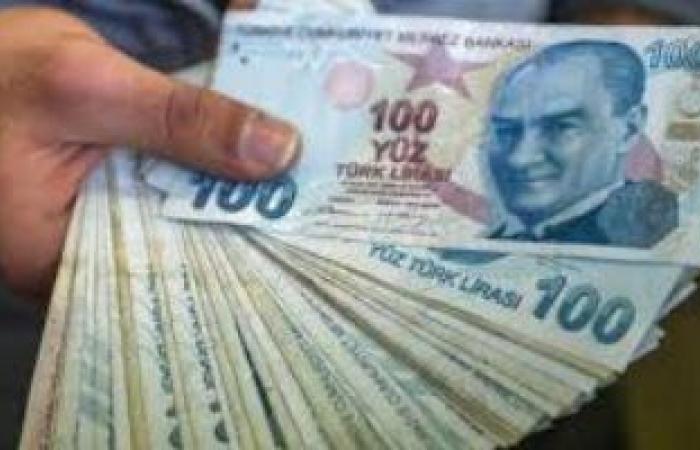And Bloomberg compared the causes of the current decline and the collapse that occurred two years ago, which forced the central bank to raise borrowing costs by 625 basis points, as the catalyst is a combination of escalating geopolitical risks and concern that monetary policy remains too loose to be For the currency to hold steady, while investors say that if losses are not contained, the central bank may eventually be forced to take action before its next meeting scheduled for November 19.
It is not the first time that the Turkish Central Bank may have to resort to raising interest rates, as it had taken a decision to double interest rates in January 2014 in a surprise meeting that was not on the agenda, and then raise interest rates by 300 basis points in an emergency meeting in May 2018 to limit the losses of the lira.
“There is no reason why the pound should not exceed a level such as 9 lira per dollar in the coming weeks,” said Tatha Goss, chief economist at Commerzbank AG in London, adding that an emergency interest rate hike may be the only solution available in monetary policy for the Turkish central bank to stop The chain of losses.
The Turkish currency fell by 1.6% to 8.3224 against the dollar on Wednesday, in the largest series of losses in emerging markets this month, while it fell by 0.6% at 8.3182 to the dollar, for the sixth consecutive day today.
The losses come after the central bank surprised investors last week by keeping the repurchase rate steady for a week while increasing the delayed liquidity window, a marginal source of lending that was originally earmarked for emergency financing.
Meanwhile, Bloomberg Agency added that the Turkish central bank’s resort to raising the interest rate may not guarantee the lira’s restoration of its lost strength, as the lira rose in the months following the sudden increases in September 2018, but ended the year down by about 30%, which is the second largest loss in the developing world. The currency also ended the year down by 8% after an emergency increase in 2014.
Bloomberg explained that the continuing concern of investors about the influence of President Recep Tayyip Erdogan in monetary policy, and his adherence to the unconventional view that low interest rates lead to lower inflation, are two things that constitute additional pressure on the lira.
These were the details of the news The Turkish lira is heading for its worst monthly performance since... for this day. We hope that we have succeeded by giving you the full details and information. To follow all our news, you can subscribe to the alerts system or to one of our different systems to provide you with all that is new.
It is also worth noting that the original news has been published and is available at saudi24news and the editorial team at AlKhaleej Today has confirmed it and it has been modified, and it may have been completely transferred or quoted from it and you can read and follow this news from its main source.

